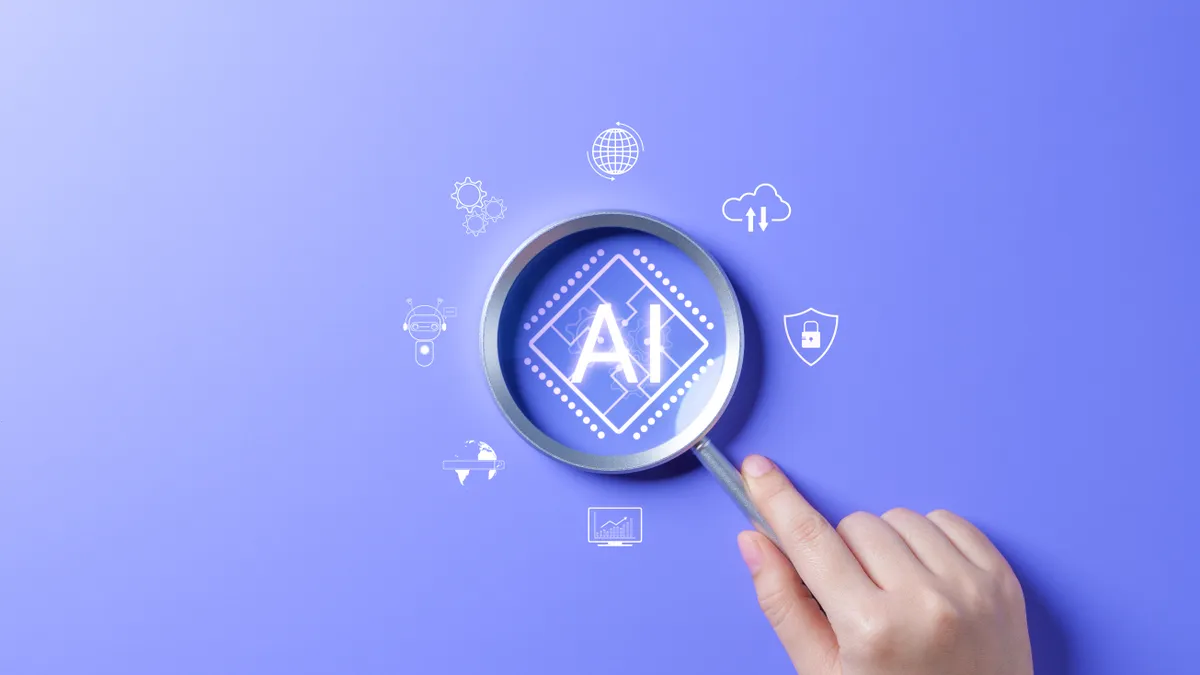MIAMI — The fears and perceptions that many educators have about the middle school years could be holding students back, Derek McCoy, the director of learning and innovation for Georgia's Grady County Schools, said Thursday in a session at the Future of Education Technology Conference.
“How many of us look for opportunities every day for middle schoolers to amaze us?” he asked, making the case for a middle school "revolution." “How many of us are righteously afraid that if we give middle schoolers some freedom, some stuff will happen?”
McCoy is no stranger to the middle grades, having served as a middle school principal in North Carolina before returning to his home state of Georgia. He is also the co-author of "The Revolution: It's Time to Empower Change in Our Schools" with fellow middle school principal Darren Ellwein.
Society tells us 11- to 13-year-olds are dangerous time bombs waiting to go off, he said, because “that’s where kids start talking back.”
What they need, he added, is purpose and direction.
Misunderstood and underestimated
Middle schools need structure, but there’s a constant struggle by educators of control versus empowerment. This leads to the middle grades, as well as the students in them, being misunderstood and underestimated.
In elementary school, learners are listening for directions and want to please their teachers. In the middle grades, however, students begin actively asking questions and wanting to know about the world around them.
Prompted to describe young adolescents, attendees put forth "squirrels," "awkward in between teens and kids," "uncomfortable in their own skin," and "extremely concerned with what others think of them in terms of their appearance, personality and actions."
In both middle schools in McCoy's current district, educators had to create ways for students to demonstrate their learning and showcase what they know. He asked attendees how they do this in their schools. One mentioned an annual innovation fair that occurs across all curriculum areas, facilitating creativity and creating opportunities for students to be creative.
Becoming revolutionary
For middle schools to embrace a revolutionary focus on culture, McCoy said, the following components are needed:
- Empowerment
- Risk-taking
- Collaboration
- Student-centered learning
Educators, he said, must first think about what "revolution" in middle school looks like, asking what they’re comfortable doing and what can be done to facilitate that. They must also find out how students work best and empower them in that way.
Moving from compliance to engagement to empowerment requires taking risks, McCoy said. To illustrate this, he highlighted how a makerspace at Ellwein's school created opportunities for students to try new things, fail and improve, ultimately building perseverance.
He also talked about the importance of breaking down silos. “There are no excellent, high-paying jobs in silos. You’ve got to talk and work with people. And now it’s less about leading and more about partnering.”
Through that collaboration, educators can address what they want students to learn and how they can allow them to demonstrate that knowledge. They should also consider how students demonstrate learning in nonstandard ways, bringing it back to how empowerment enables everyone to approach learning and working in the ways that work best for them.
That approach ultimately puts students at the center of learning and goes beyond simply providing a worksheet. As a principal, McCoy said he didn’t want to talk to teachers when he did walkthroughs in his building. “I can get everything I need to know from talking to the kids.”
“I’m not going to say worksheets are the devil, but I am going to say digital worksheets are the devil,” he said, adding that technology can connect, so let it. Real cultural change, authentic learning and global empathy are just a few benefits of this.
“Don’t be the teacher you had as a student, be the revolutionary your learners need,” he added, quoting his book. “We can’t be those teachers” giving students worksheets and pacing guides and having them go from there.
Further emphasizing student and teacher empowerment, he listed the following five "essentials":
- Voice and choice
- Technology to enhance learning
- Creation and innovation
- Collaboration
- Risk-taking
“Risk-taking comes up twice because it’s that important. It has to be,” McCoy said.
“One of the best things we ever did in our school was we changed how we delivered professional development,” he added in regard to providing voice and choice — as important for teachers as it is for students. McCoy's previous school surveyed teachers to find where they were strong and weak, and then directed PD to the right educators based on those results.
In its efforts to encourage students to create and innovate, that school also focused on core values over "the rules." This is a shift, he said, from "reading, writing and arithmetic" to "compassion, persistence and passion."
"That’ll take care of the reading, writing and arithmetic," he said. "If we focus on persistence, your low-performers won’t stop."
To demonstrate how that approach impacts students and inspires more persistence and compassion, he detailed how students were required to complete a compassion project aimed at changing a life in their school, their community or the world.
One student chose a food backpack program at a local food bank, for example.
“She didn’t just pack up bags at the food bank and hand them out. She went to the food bank and helped them reorganize their assembly line to be more efficient,” McCoy said.
Educators might also consider inspiring students to find causes they care about, he suggested, because this breeds passion.
“If we see passion in them, it will come out as adults later. Those are adults that really change the world.”





















